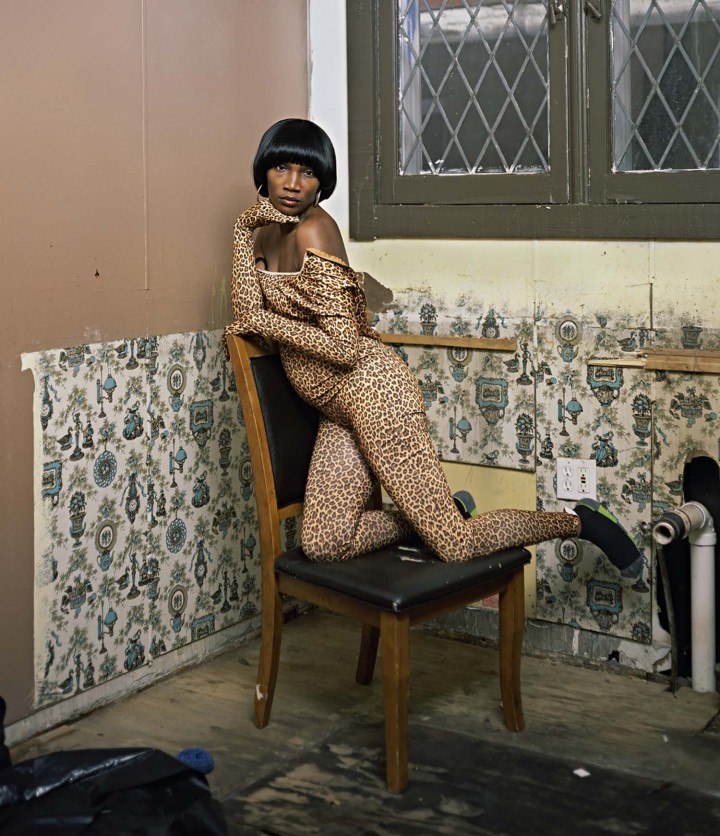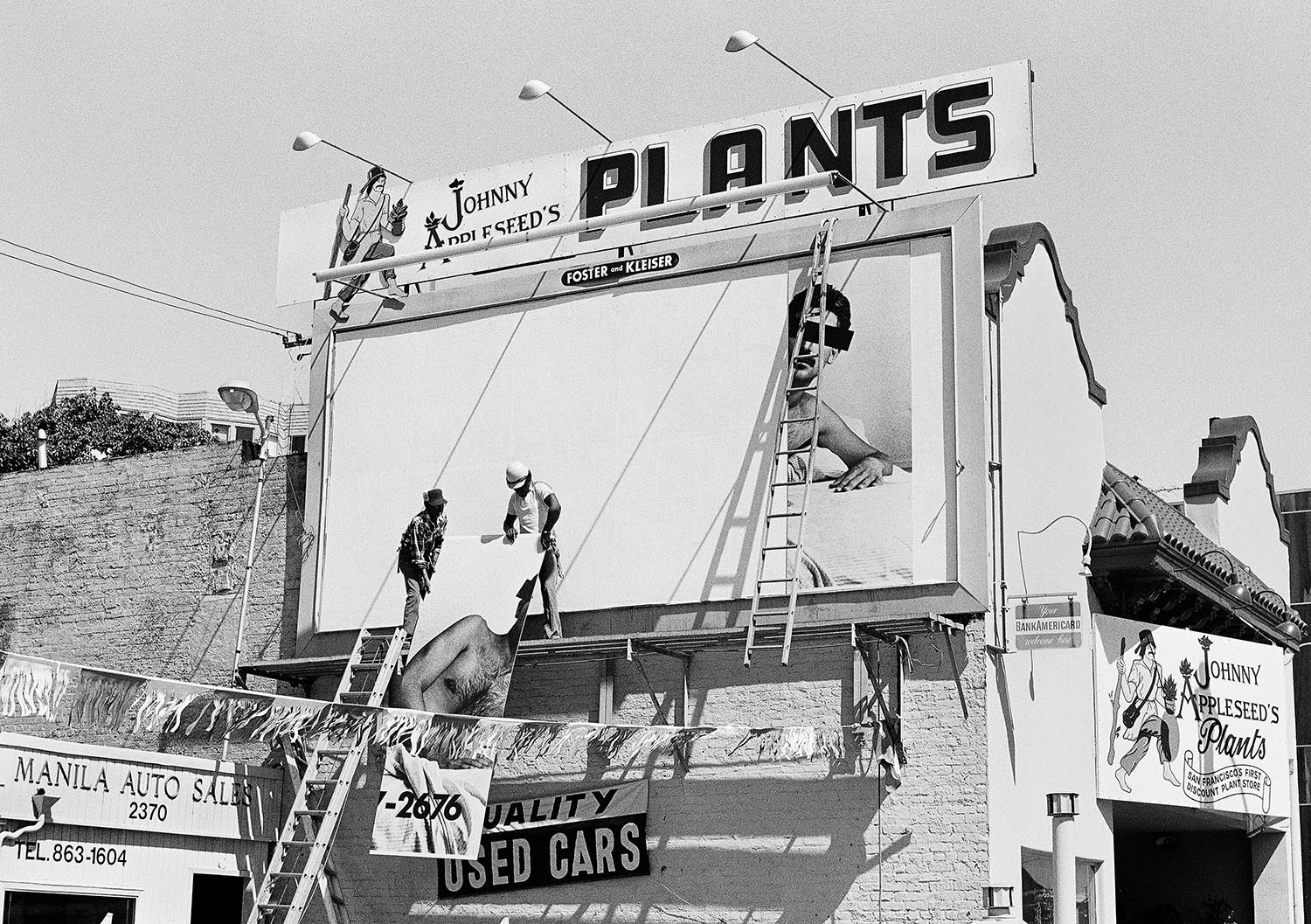For the 2017 edition of The Armory Show, the fair invited curator Jarrett Gregory to reinvent its Focus section. Traditionally highlighting art and galleries from a specific region, Gregory has reimagined Focus as a series of complementary solo presentations. The project “What Is To Be Done?” includes Cercle d’Art des Travailleurs de Plantation Congolaise, Deana Lawson, Roman Opalka, and Koki Tanaka, among others artists. Flash Art speaks with Gregory about her motivation to make wider social and political systems visible.
How did you arrive at the incendiary title “What Is To Be Done?”
I’ve borrowed the title from the feminist novel written by Nikolai Chernyshevsky in 1863, which follows the heroine’s liberation from familial patriarchy. The decision to reference this work came after spending some formative time in Moscow. I was struck by the parallels between the second half of the nineteenth century and the current political situation — specifically regarding the annexation of Crimea and the state’s policy on censorship. I wanted to draw a line from the present day to this period in history when people were galvanized to upturn the status quo.
Chernyshevsky wrote What Is To Be Done? while he was imprisoned in St. Petersburg for his socialist beliefs. He was permitted to write only because it was a novel — the pages were checked before they were released to his publisher. I think they must not have read them very closely; although every point is made indirectly, the content is clearly radical, even today. It was published immediately and read avidly by young intellectuals as a call to change one’s life. It became instrumental in spreading the utopian ideals that led to the 1917 Revolution.
What were the main challenges this politically charged show faced within the traditionally conservative context? When you cite Jimmie Durham in the press release — “To use art as an escape … is a sign of inhumanity.” — it seems like some push back or resistance.
I didn’t face any opposition regarding the content; I was very lucky because Ben Genocchio and my colleagues at the Armory were enthusiastic about taking risks. The context of the art fair was particularly interesting to me and I wanted to construct something that responded to this as well as to the present moment, so economy emerged as a theme that ties the projects together. Durham’s writing has been a touchstone for me; I believe that art should engage with the world, and that is Durham’s point. The presentation could definitely be seen as resistant, even a little rebellious.
Would you consider the show a model for or a reflection on art’s ability to incite change (or unrest)?
It’s a reflection certainly, but not a model. I’m curious about what art can do today: What are the rules and how can we reimagine them?


